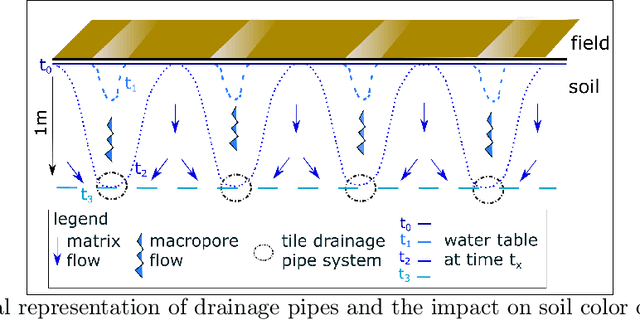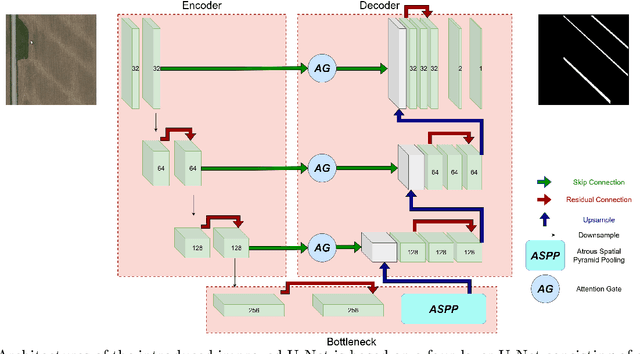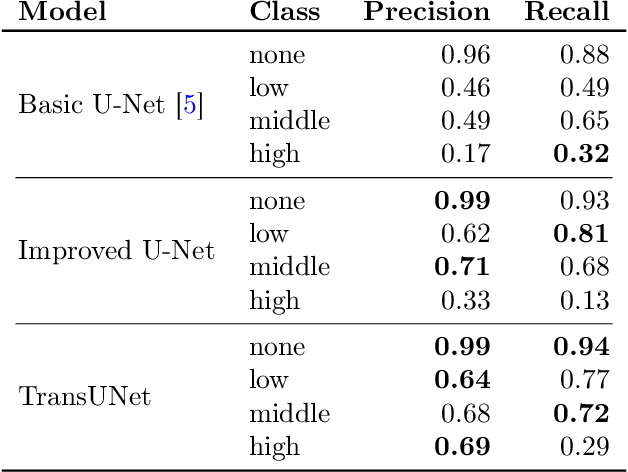Advanced Deep Learning Architectures for Accurate Detection of Subsurface Tile Drainage Pipes from Remote Sensing Images
Paper and Code
Oct 06, 2022



Subsurface tile drainage pipes provide agronomic, economic and environmental benefits. By lowering the water table of wet soils, they improve the aeration of plant roots and ultimately increase the productivity of farmland. They do however also provide an entryway of agrochemicals into subsurface water bodies and increase nutrition loss in soils. For maintenance and infrastructural development, accurate maps of tile drainage pipe locations and drained agricultural land are needed. However, these maps are often outdated or not present. Different remote sensing (RS) image processing techniques have been applied over the years with varying degrees of success to overcome these restrictions. Recent developments in deep learning (DL) techniques improve upon the conventional techniques with machine learning segmentation models. In this study, we introduce two DL-based models: i) improved U-Net architecture; and ii) Visual Transformer-based encoder-decoder in the framework of tile drainage pipe detection. Experimental results confirm the effectiveness of both models in terms of detection accuracy when compared to a basic U-Net architecture. Our code and models are publicly available at https://git.tu-berlin.de/rsim/drainage-pipes-detection.
 Add to Chrome
Add to Chrome Add to Firefox
Add to Firefox Add to Edge
Add to Edge